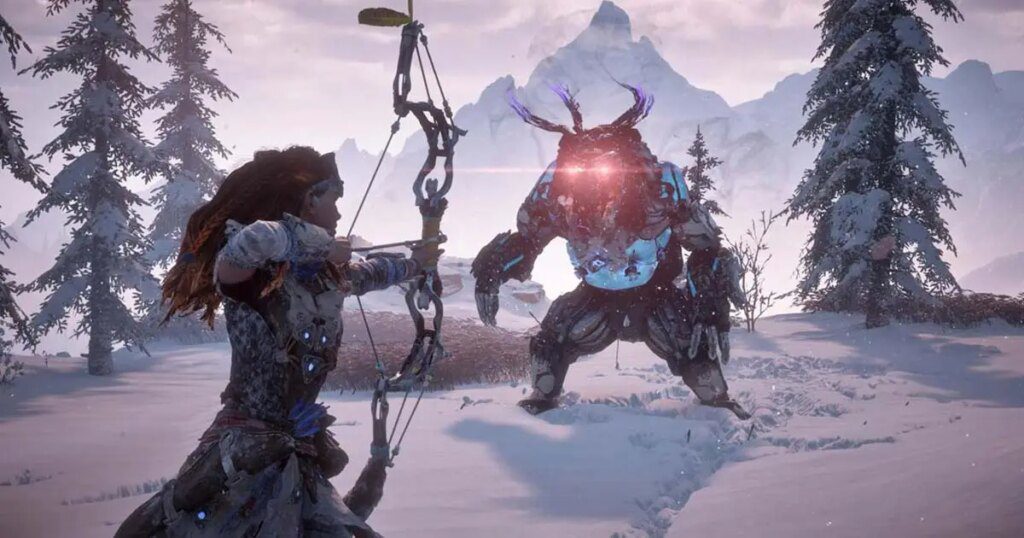Animation plays a crucial role in making video games enjoyable, bringing games to life and creating engaging experiences for players. It helps create believable characters that match their personality, behavior, and physical traits. Animations set the mood and atmosphere of the gameplay and enhance the overall gameplay experience. Creating game animation is a complex and time-consuming process, with different stages such as pre-production, production, and post-production. As technology advances, better animation techniques will create even more immersive and engaging gameplay experiences for players.
The Art of Game Design: A Look at the Role of Animation in Video Games
Video games have come a long way since their inception in the 1970s. From simple two-dimensional pixelated graphics to complex and dynamic 3D worlds, video games now offer immersive and engaging experiences for players of all ages.
The Importance of Animation in Video Games
One of the key elements of making a video game enjoyable is through the use of animation. Animation refers to the movement and actions of characters, objects, and environment in a game. Animation is important because it brings the game to life, making it more engaging and immersive for players. An interesting animation can make the difference between a great game and an average game.
Creating Believable Characters
The use of animation in video games plays an important role in creating believable characters. This is essential for a game as the characters are often the central focus of the gameplay. The animation of characters should match their personality, behavior, and physical traits. For example, a fierce and aggressive character should have animated movements that reflect their personality. The animation of the character’s movements should be smooth and seamless, allowing the player to feel like they are controlling a real-life character.
Setting the Mood and Atmosphere
The animation in video games is also important in setting the mood and atmosphere of the gameplay. Animation can create a feeling of fear, excitement, and joy, depending on the game’s theme. For example, animation of the environment in a horror game can create eerie and dark surroundings, leading to a feeling of fear and helplessness. Similarly, animation of the environment in a game such as Mario can create a feeling of joy and happiness.
Enhancing the Gameplay Experience
The use of animation can greatly enhance the gameplay experience. Well-designed animations can help players understand the actions and mechanics of the game. For example, the animation of a character performing a specific move or attacking a certain way can help the player understand how to counter or evade their opponent. Animations can also add to the satisfaction of the gameplay. For example, seeing a character perform a cool finishing move can make the player feel accomplished and satisfied with their progress.
The Process of Animation in Video Games
The process of creating animation in video games is complex and time-consuming. It involves several stages, including pre-production, production, and post-production. The pre-production stage involves developing the concept and design for the animation. This includes deciding on the style and movement of the characters, as well as the overall ambiance of the game. The production stage involves creating the actual animation. A team of animators will create the characters’ movements through 3D modelling, rigging, and animation. Finally, in the post-production stage, the animation is refined and polished through the use of lighting, special effects, and sound.
The Future of Animation in Video Games
The future of animation in video games is exciting. With advancements in technology, video game developers can create more sophisticated and detailed animations. This will create even more immersive and engaging gameplay experiences for players. Additionally, as virtual reality technology continues to improve, the use of animation in video games will become even more important in creating realistic and interactive virtual worlds. The future of animation in video games looks bright and we can expect to see more innovative animation techniques in the coming years.
Conclusion
Animation is a crucial element in the game design industry. It plays a vital role in creating believable characters, setting the mood and atmosphere of the gameplay, and enhancing the overall gameplay experience. As technology continues to advance, we can expect to see even more sophisticated and innovative animation techniques in video games, leading to even more engaging and immersive gameplay experiences for players.
